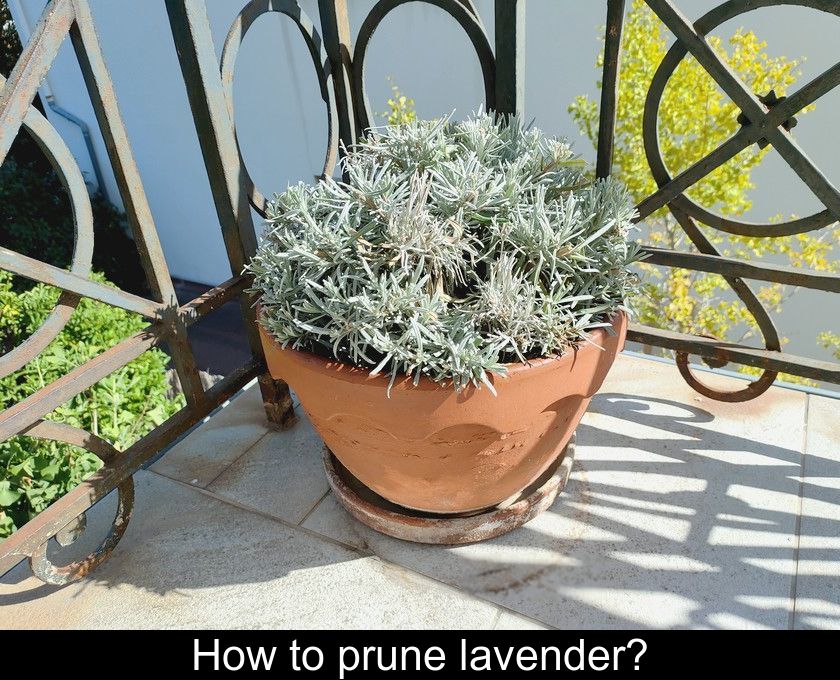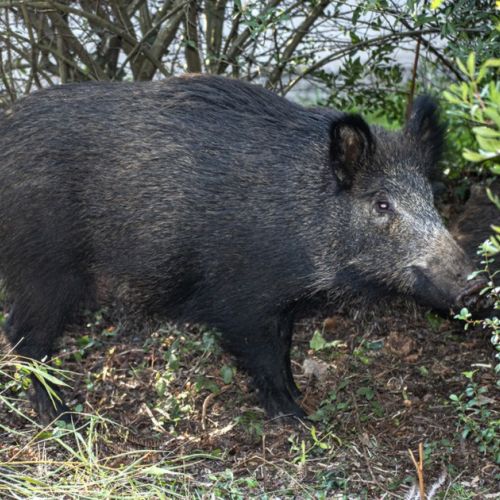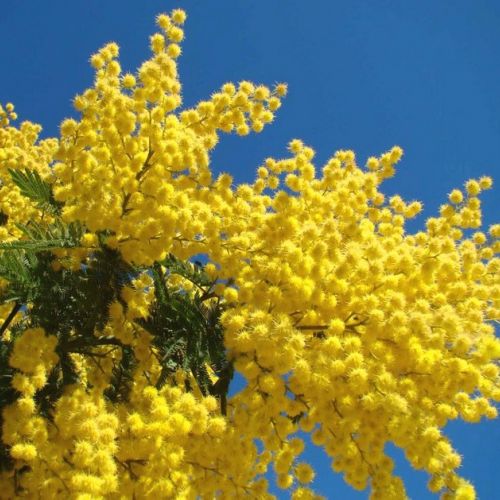How To Prune Lavender?
If you have lavender in your garden or in a pot on your terrace, you may have noticed that this bushy plant tends to sag and hollow out over time. The secret to keeping your plants compact and productive lies in pruning. We will explain how to prune lavender.
Why prune lavender?
Lavenders are plants of the scrubland that withstand heat, wind, and even lack of water well, and can live without any problem for about ten years.
However, if you want your lavender plants to maintain a compact and harmonious shape, you must perform annual maintenance pruning and training pruning.
If they are not pruned, these bushy plants tend to sag, with stems lying on the ground and an unsightly hollow in the center. To avoid this problem, it is important to prune lavender every year, once or twice.
When to prune lavender?
When we talk about the size of lavender, it is important not to confuse:
• harvesting the flower spikes during the blooming period
• maintenance pruning, which should be done after the blooming period, between August and early autumn depending on the variety
• shaping pruning, which should be done in autumn or spring depending on the region.
In June-July, when your lavender is in bloom, you can harvest the flower spikes to make bouquets and fill small fabric sachets to scent your linen in the wardrobes.
Note: It is recommended to do this harvest in the morning, as it is the time of day when the lavender spikes are most fragrant.
Once the blooming period is over, it is time to do maintenance pruning. To know when to prune, wait until the flowers are dry!
Maintenance pruning involves cutting off all the faded flowers. If you live in the south of France, in a region where there is no risk of frost, you can take this opportunity to also do shaping pruning, which involves giving your bush a harmonious shape.
On the other hand, if you live in a region where there is winter frost, you should do these two types of pruning at different times:
• in autumn, cut off the faded flowers to prepare your lavender for winter
• in spring, between mid-March and early April when the frost has passed, do shaping pruning to keep your lavender in a beautiful, compact shape.
How to prune lavender?
If you have followed the previous explanations carefully, you have understood that there are three ways to prune lavender:
1- Cut the flowering stems using pruning shears to make bouquets or lavender sachets.
2- Perform maintenance pruning with pruning shears by cutting the stems of faded flowers at the base, just above the foliage.
3- Perform shaping pruning to give a rounded shape to your lavender plants, preferably using hedge shears (more practical than pruning shears in this case).
In regions with mild climates, you can perform operations 2 and 3 on the same day, by practicing severe pruning after flowering. Simply remove about two-thirds of the length of the stems, making sure to leave green leaves below the level where you cut so that your lavender plant can produce new shoots.
On the other hand, in regions where it freezes, you should perform maintenance pruning in autumn (after flowering) and shaping pruning in early spring (before the next flowering).
Now that you know how to prune lavender, don't forget to do it every year! This maintenance is essential for your plants to branch out, become denser, and maintain a beautiful shape. Pruning also stimulates flowering.
But above all, pruning is crucial to help this species age well. It prevents lavenders from becoming bare at the base, opening in the center, and collapsing under their own weight.
How to propagate lavender?
You can take advantage of the spring or fall season to take cuttings of lavender, preferably from branches that have not bloomed. If not, cut off the flower and keep only the stems with leaves.
1- Cut stems of about 15 cm from the current year's wood (still tender), just below a leaf bud.
2- Remove the lower leaves from half the length of the stem, as this part will go into the soil.
3- Plant the cuttings directly into the ground to replace old bare plants or in a pot containing moist soil. It is not necessary to use a rooting hormone for this plant.
4- Water regularly to keep the soil moist for at least the first three weeks.









